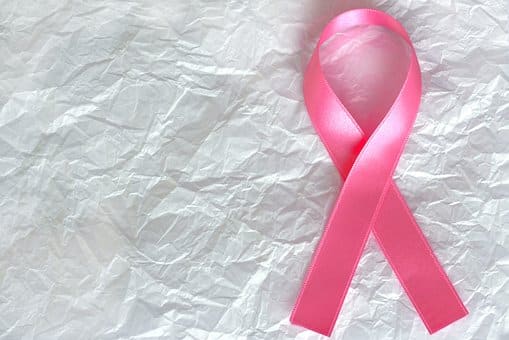One of the first things to understand about a breast cancer case is staging. Breast cancer stages range from 0 to IV, with many subcategories. Lower numbers indicate earlier stages of cancer, while higher numbers reflect late-stage cancers. If a doctor waits too long to order the appropriate tests, the disease can progress without treatment. This delay in diagnosis is a common form of medical malpractice.

Stage 0
This stage describes noninvasive (in situ) breast cancer. Ductal carcinoma in situ (DCIS) is an example of stage 0 cancer.
Stage I
This stage is an early stage of invasive breast cancer in which:
- The tumor measures no more than 2 centimeters (cm), or about 3/4 inch, in diameter
- No lymph nodes are involved — the cancer has not spread outside the breast
Stage II
This stage describes invasive breast cancers in which one of the following is true:
- The tumor measures less than 2 cm (about 3/4 inch) in diameter but has spread to lymph nodes under the arm.
- No tumor is found in the breast, but breast cancer cells are found in lymph nodes under the arm.
- The tumor is between 2 and 5 cm (about 3/4 to 2 inches) in diameter and may or may not have spread to lymph nodes under the arm.
- The tumor is larger than 5 cm (2 inches) in diameter but hasn’t spread to any lymph nodes.
Stage III
Stage III breast cancers are subdivided into three categories — IIIA, IIIB and IIIC — based on a number of criteria. By definition, stage III cancers haven’t spread to distant sites.
For example, a stage IIIA tumor is larger than 5 cm (2 inches) and has spread to one to three lymph nodes under the arm. Other stage IIIA tumors may be any size and have spread into multiple lymph nodes. The lymph nodes clump and attach to one another or to the surrounding tissue.
In stage IIIB breast cancer, a tumor of any size has spread to tissues near the breast — the skin and chest muscles — and may have spread to lymph nodes within the breast or under the arm. Stage IIIB also includes inflammatory breast cancer, an uncommon but aggressive type of breast cancer.
Stage IIIC cancer is a tumor of any size that has spread:
- To 10 or more lymph nodes under the arm
- To lymph nodes above or beneath the collarbone and near the neck
- To lymph nodes within the breast itself and to lymph nodes under the arm
Stage IV
Stage IV breast cancer has spread to distant parts of the body, such as the lungs, liver, bones or brain. Factors associated with Stage IV cancer are
- The size of your tumor
- Whether cancer cells have spread to lymph nodes under your arm (axillary lymph nodes)
- Whether cancer cells have spread to other parts of your body
In its earliest stages, breast cancer may not cause any symptoms. A lump may be too small to feel or cause unusual changes. Often, an abnormal area turns up on a screening mammogram (x-ray of the breast), which leads to further testing.
In some cases, however, the first sign of breast cancer is a new lump or mass in the breast that you or your doctor can feel. A lump that is painless, hard, and has uneven edges is more likely to be cancer. But sometimes cancers can be tender, soft, and rounded. So it’s important to have anything unusual checked by your doctor.
According to the American Cancer Society, any of the following unusual changes in the breast can be a symptom of breast cancer:
- swelling of all or part of the breast
- skin irritation or dimpling
- breast pain
- nipple pain or the nipple turning inward
- redness, scaliness, or thickening of the nipple or breast skin
- a nipple discharge other than breast milk
- a lump in the underarm area
These changes also can be signs of less serious conditions that are not cancerous, such as an infection or a cyst. It’s important to get any breast changes checked out promptly by a doctor.
The most common mistake doctors make when evaluating a palpable breast mass is relying on a negative mammogram or other imaging to rule out cancer. Many times, the breast tissue conceals the tumor until it is too late. A breast lump that persists even with a negative mammogram must be biopsied.
If you reported symptoms like this to your doctor but did not run necessary tests to rule out breast cancer, the cancer can spread. If you or one of your loved ones presented with early symptoms of breast cancer, including palpable lumps, nipple retraction, or other early signs of cancer, but the physician overlooked them, please contact G. Eric Nielson & Associates for a free legal consultation about your legal rights and a confidential case evaluation.
It is medical malpractice for a doctor to negligently delay diagnosing breast cancer. If you think your doctor should have begun treating cancer sooner, call us today for a free, no obligation consultation: (801) 424-0988.
